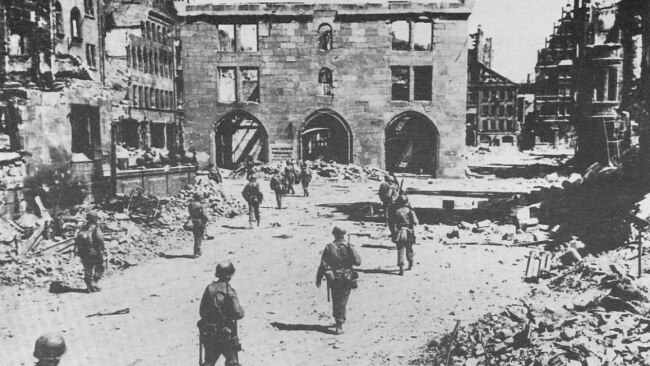Let History be our Coronavirus Recovery Guide
There are a couple of ways we can emerge from our coronavirus dark house. Liberal senator James Paterson looks to the end of World War II for post-coronavirus guidance, noting first the parallels between wartime restrictions and restrictions currently imposed.

There are a couple of ways we can emerge from our coronavirus dark house. Liberal senator James Paterson looks to the end of World War II for post-coronavirus guidance, noting first the parallels between wartime restrictions and restrictions currently in place:
In size and scale, and in their departure from policy orthodoxy, they are comparable to the measures introduced across the Western world during World War II …
As during WWII, government spending has skyrocketed, much of which will be funded by debt. Our stay-at-home orders are akin to wartime curfews. Supermarket rationing of essential goods is reminiscent of wartime restrictions.
As James notes, some countries maintained their wartime controls long after the war ended. Britain basically hobbled itself, rationing meat until 1954 and sucking further energy out of the economy by nationalising industries and introducing a ruinously large welfare state.
Germany – with barely any manufacturing facilities to speak of, and a crushed population further demoralised in 1949 by the imposition of communist East Germany – went a different way.
West Germany removed restrictions and let markets sort themselves out:
The German economy had been centrally controlled since 1936, with stringent measures ranging from rationing to the central allocation of labour and raw materials. These controls were continued under the Allied occupation until June 1948, when Ludwig Erhard, the director of the economic administration for the British-US occupation zone, abruptly announced the end of price controls and rationing directives.
Erhard did not have the approval of Allied command, and when the top US commander phoned him and said, “Professor Erhard, my advisers tell me that you are making a big mistake”, Erhard replied: “So my advisers also tell me.”
Happily, for Germany’s sake, Erhard ignored them:
He soon ended most of the remaining economic controls, and the result was a revival now known as the “German miracle”. Between June and December 1948, industrial production in the Western occupation zones increased by half. The shortages and black markets disappeared, and employee absenteeism fell from a rate of 15 per cent to just 6 per cent …
Between 1950 and 1960, average annual real per-capita GDP grew by 8.8 per cent.
This was double the growth of France and four times that of Britain — both comparable countries that received more aid under the Marshall Plan, but which took longer to remove their wartime economic controls.
“The lesson of history,” James concludes, “is that emergency measures in times of crises are unsustainable in normal times. The present measures should be wound back when the pandemic is over.”
I’d aim to more closely replicate the German model, and to wind back controls and economic restrictions in place before the coronavirus.
Penalty rates should be the first to go.
